Blog
Stay up-to-date on news and events in the transplantation community
Categories:
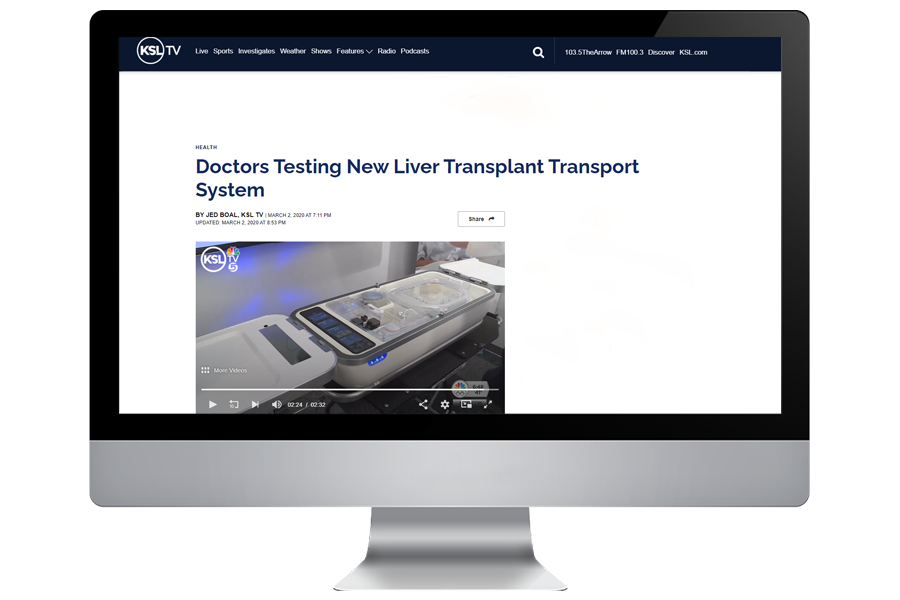
KSLTV—Doctors Testing New Liver Transplant Transport System
In this article, KSLTV of Salt Lake City reports on Intermountain Healthcare’s participation in the LifePort Liver Transporter clinical trial. “We’re keeping that liver working in a somewhat normal, physiologic state during the time that it’s out of the donor’s body...
University Hospital—University Hospital Performs First Transplant with Machine Preserved Liver in the State of New Jersey
In this press release, University Hospital announces the successful transplantation of a donated liver preserved by portable hypothermic machine perfusion, a first in the state of New Jersey. The liver was preserved using the LifePort® Liver Transporter during the...

Gift of Life Family House—Supporter Spotlight
In this article from Gift of Life Family House learn how Organ Recovery Systems proudly supports the Family House and its mission to serve as a “Home Away from Home” for transplant families. “Supporting the transplant community is something I personally take to heart,...
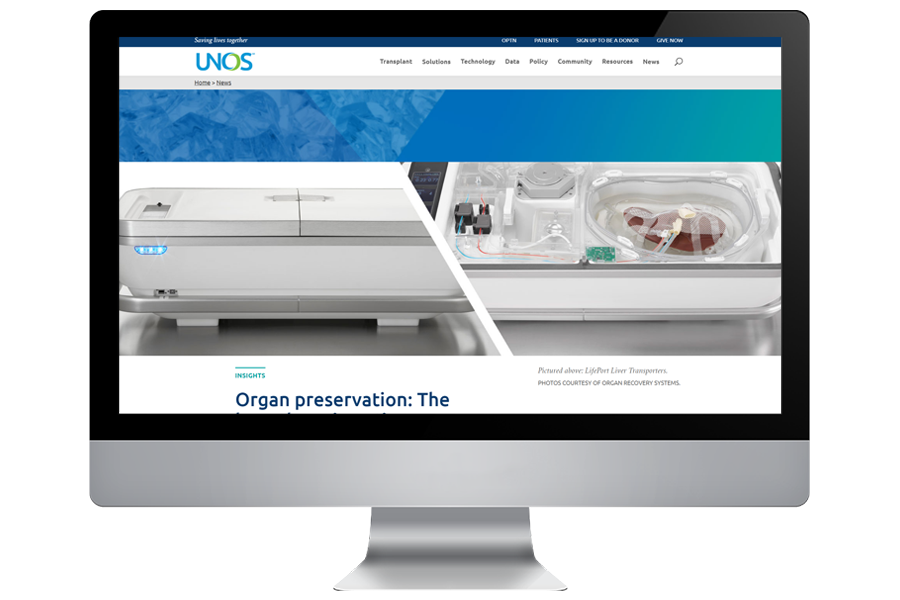
UNOS Insights—The Hypothermic Option
In this UNOS Insights article, learn the story behind Organ Recovery Systems and how LifePort® Liver Transporter was developed from the success of LifePort Kidney Transporter. “A company focused on organ preservation products and services; Organ Recovery Systems was...
HMP of Kidneys Compensates for Extended Storage Time: A Single Intervention With a Significant Impact
A study out of Poland by Kruszyna and Richter sought to determine whether with increased cold ischemic times (CIT) and increased use of extended criteria donors (ECD), would hypothermic machine perfusion (HMP) still have the potential to improve outcomes in kidney...

Hypothermic Machine Perfusion in Liver Transplantation — A Randomized Trial
In a multicenter, randomized, controlled trial by Van Rijn, et al, they sought to compare hypothermic oxygenated machine perfusion with static cold storage in liver transplantation from donation after cardiac death (DCD) donors. In this trial, they included 156...
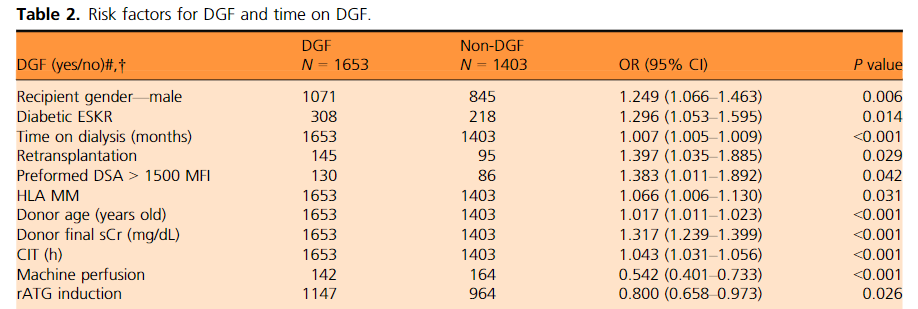
What factors are associated with delayed graft function in a Brazilian cohort?
A multicenter retrospective study by de Sandes-Freitas et al. sought to determine the national rate of delayed graft function (DGF) and the associated risk factors with DGF. They studied 8,657 single deceased donor kidney transplants between January 2014 and December...

Optimal Donation of Kidney Transplants After Controlled Circulatory Death
Savoye et al. performed a retrospective analysis to assess early outcomes of kidney transplants in the French controlled donation after circulatory death (cDCD) program by comparing them to transplants from donation after brain death (DBD) donors in the French...
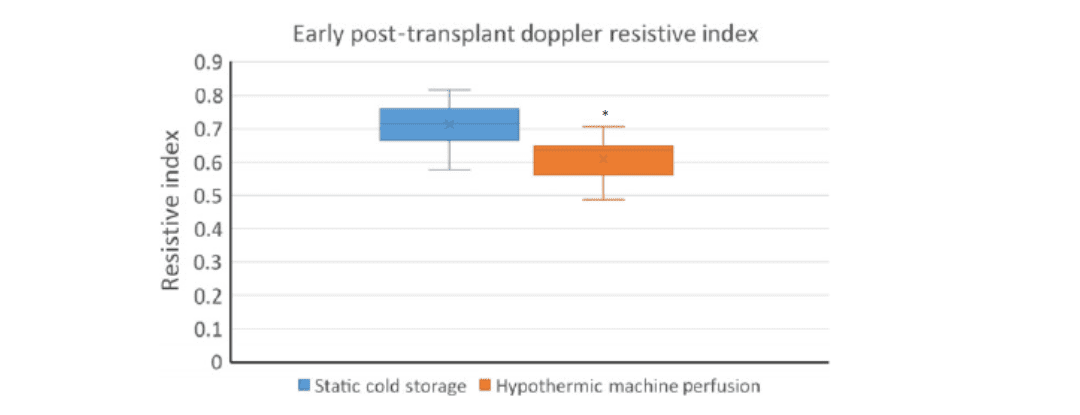
Early Experience with Hypothermic Machine Perfusion of Living Donor Kidneys
Moser et al. sought to determine whether the short warm ischemic time in living donor kidney (LDK) transplantation causes damage to the kidney, and whether these kidneys could benefit from the use of hypothermic machine perfusion (HMP). In their initial experiment,...
Evaluation of outcomes in renal transplantation with hypothermic machine perfusion for the preservation of kidneys from expanded-criteria donors
A recently released article by Savoye et al. used the data collected by The French National Transplant Registry (CRISTAL) following the implementation of a nationwide hypothermic machine perfusion (HMP) program for extended criteria donor (ECD) kidney transplants. The...
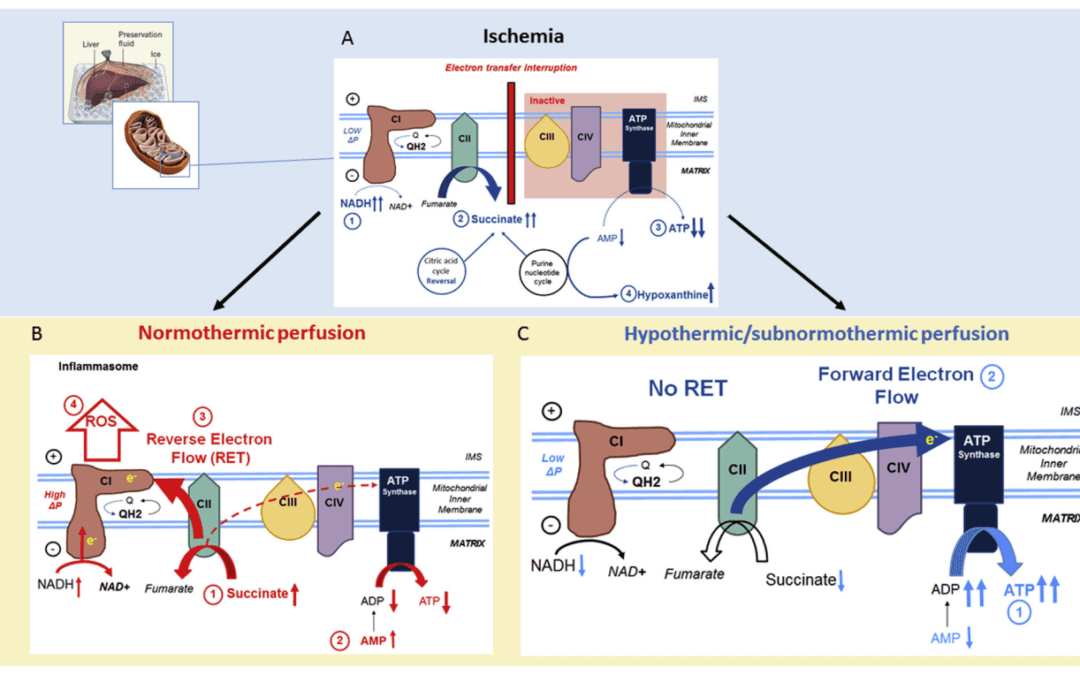
Evolving Trends in Machine Perfusion for Liver Transplantation
A recent review article by Dutkowski et al. looked at the evolving evidence for machine perfusion in liver transplantation. They explored the evidence and requirements for both HMP and NMP. They presented the following information: That endpoints need to be strictly...
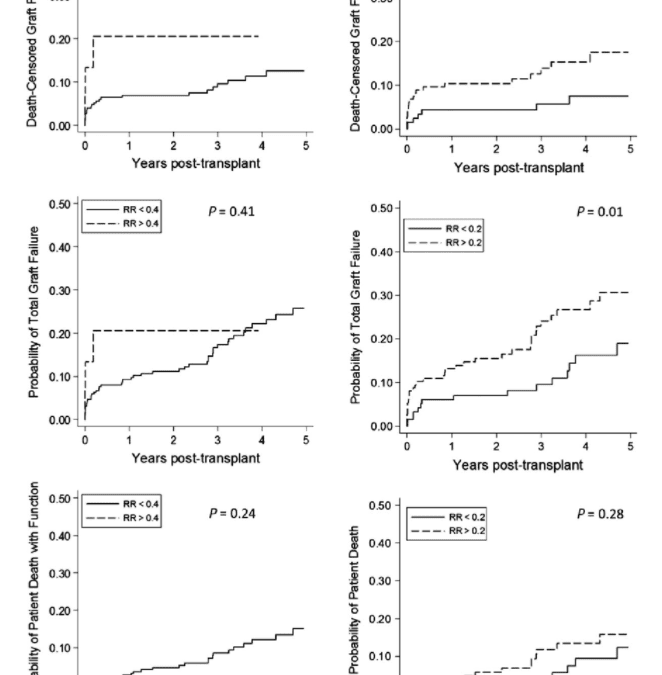
Renal Resistance Thresholds During HMP and Transplantation Outcomes
Sandal et al. sought to study renal resistance (RR) as an independent predictor of long-term graft survival in kidney transplant recipients whose allografts underwent HMP. They included in their analysis 422 deceased donor kidney transplants of which 59% were from ECD...

Renal Resistance Trend During HMP Is More Predictive of Postoperative Outcome Than Biopsy Score
Bissolati et al. sought evaluate the prognostic role of renal resistance (RR) valued during hypothermic machine perfusion (HMP) on postoperative outcome. They analyzed 65 kidneys that were preserved using HMP from DCD and ECD donors. They found: Kidneys that reached...
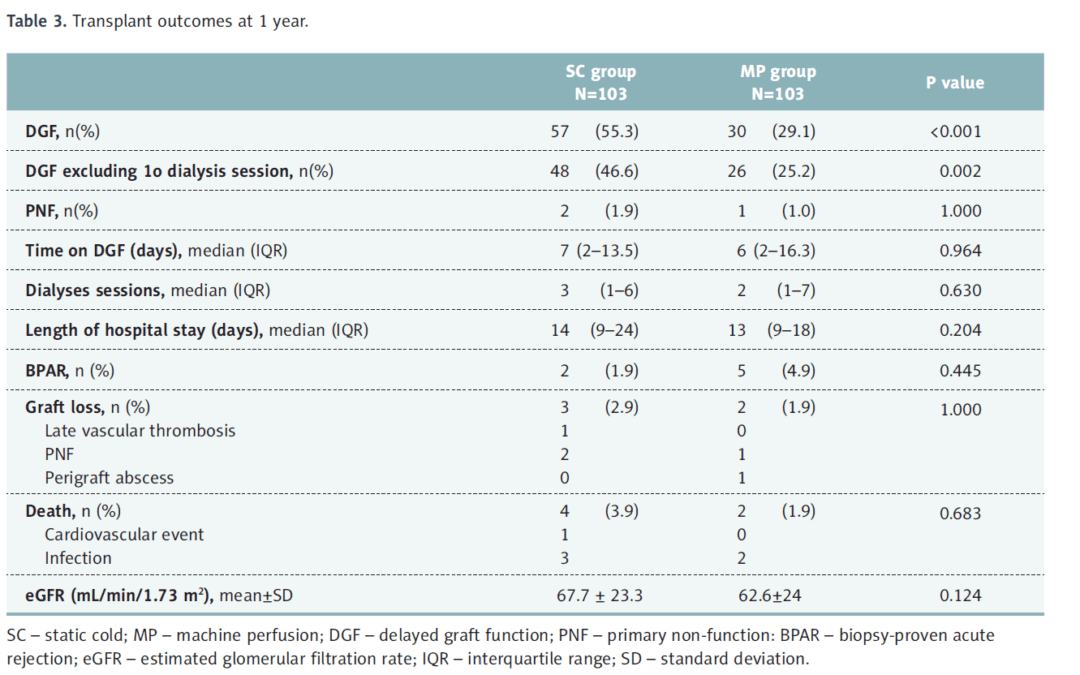
The Impact of Hypothermic Pulsatile Machine Perfusion Versus Static Cold Storage on Delayed Graft Function
A retrospective paired kidney study by de Sandes-Freitas et al. sought to determine whether hypothermic machine perfusion (HMP) was beneficial in their unique situation where the kidney is placed on HMP after a long period of static cold storage (SCS). They compared...

Hypothermic Machine Perfusion in Liver Transplantation
A recent review article by Karangwa et al. looked at the current and ongoing evidence for hypothermic machine perfusion (HMP) in liver transplantation. They presented the following results of studies: HMP had significantly better post-operative liver function compared...

A Retrospective Propensity Score Matched Analysis Reveals Superiority of Hypothermic Machine Perfusion over Static Cold Storage in Deceased Donor Kidney Transplantation
Gasteiger et al. performed a retrospective analysis of all kidney transplant recipients between August 2015 and December of 2019 performed at the Medical University of Innsbrook. The study included 347 patients of which 124 of the recipient organs had been preserved...
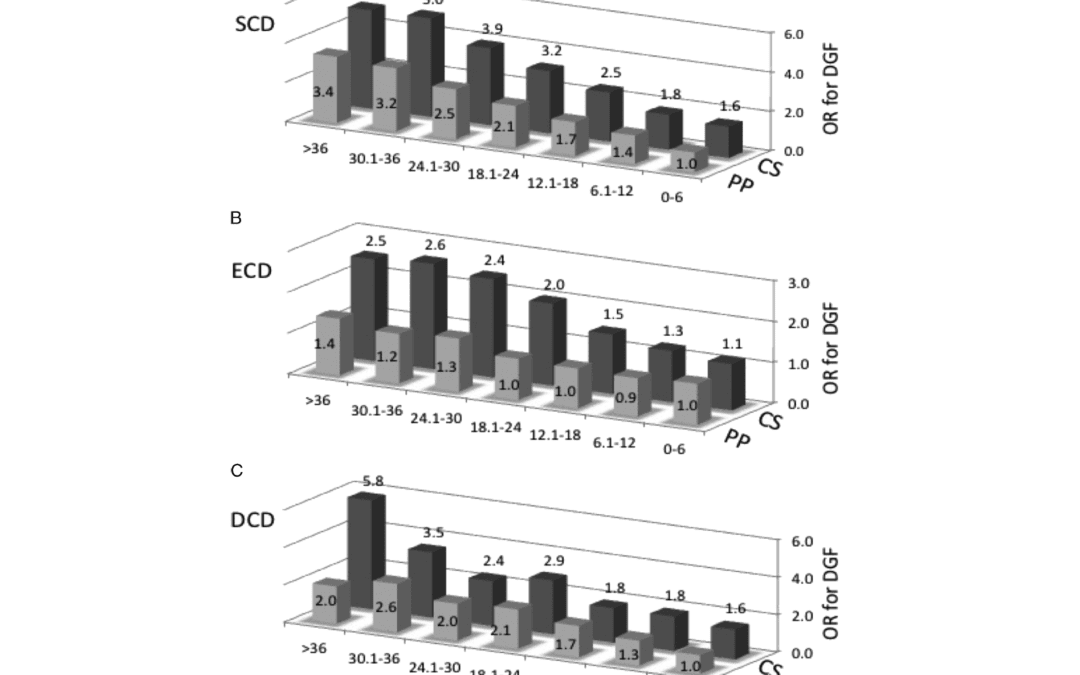
Pulsatile Perfusion Reduces the Risk of Delayed Graft Function in Deceased Donor Kidney Transplants, Irrespective of Donor Type and Cold Ischemic Time
In a 2013 publication, Gill et.al. sought to examine two things: the patterns of utilization of hypothermic machine perfusion (HMP) as a function of cold ischemic time (CIT) and donor type as well as the impact of HMP on the risk of DGF by CIT and donor type. They...
LifePort Mobile App Clinical FAQ References
Cited References 1 Gill et al; Pulsatile perfusion reduces the risk of delayed graft function in deceased donor kidney transplants, irrespective of donor type and cold ischemia time; Transplantation; 2014.2 Bissolati et al; Renal Resistance Trend During Hypothermic...
